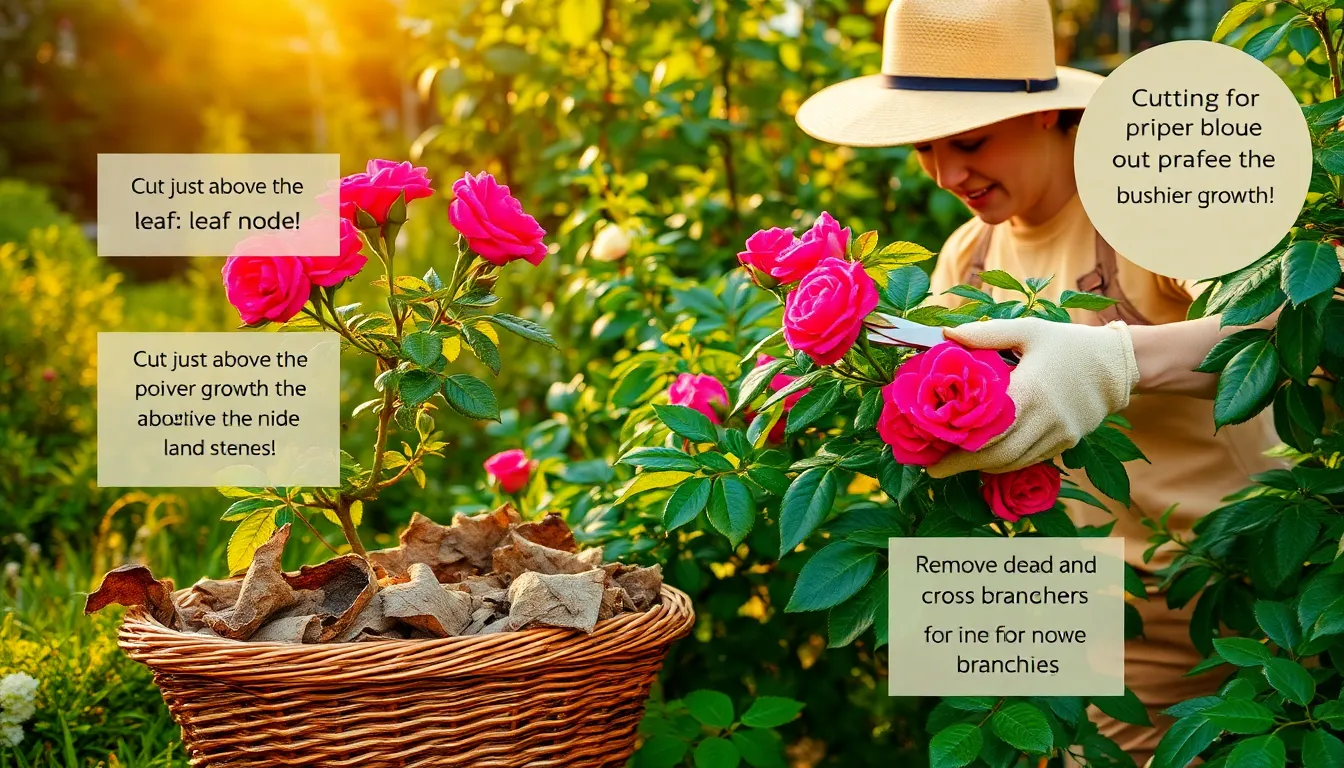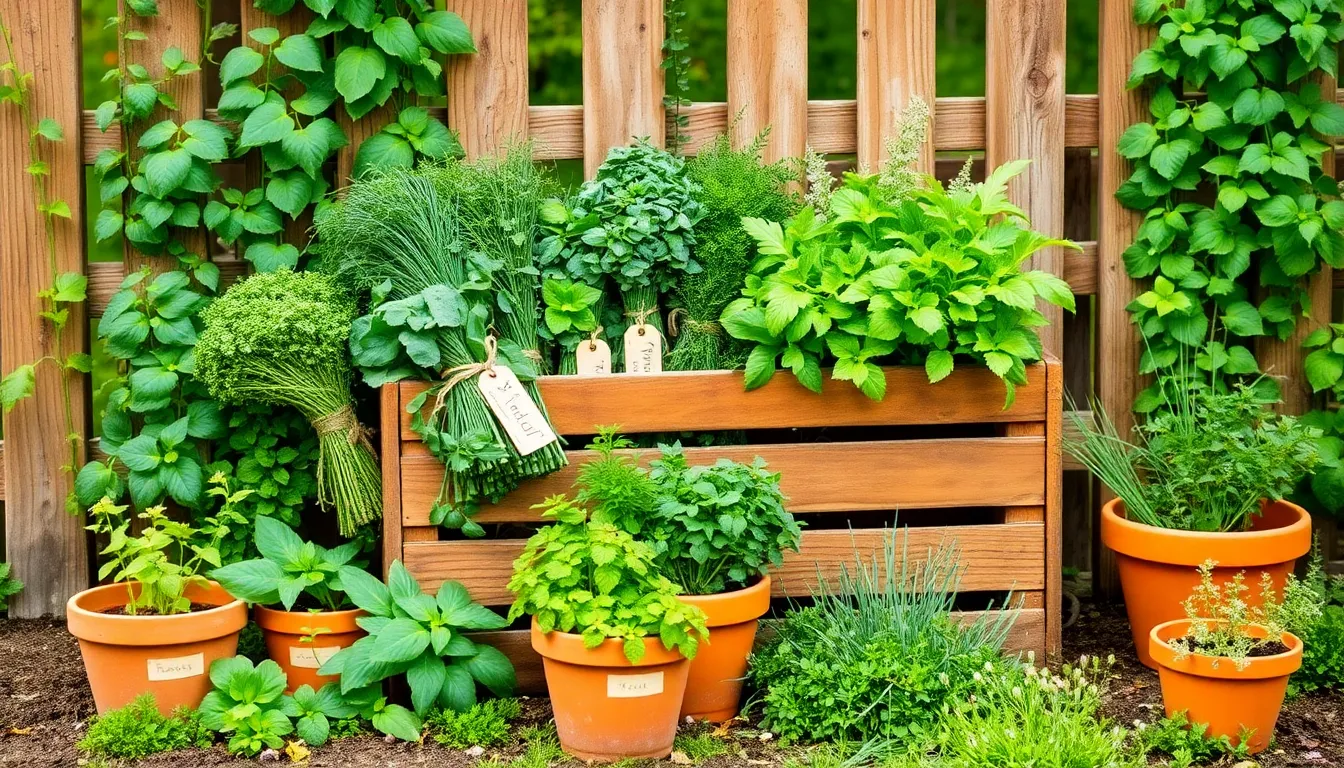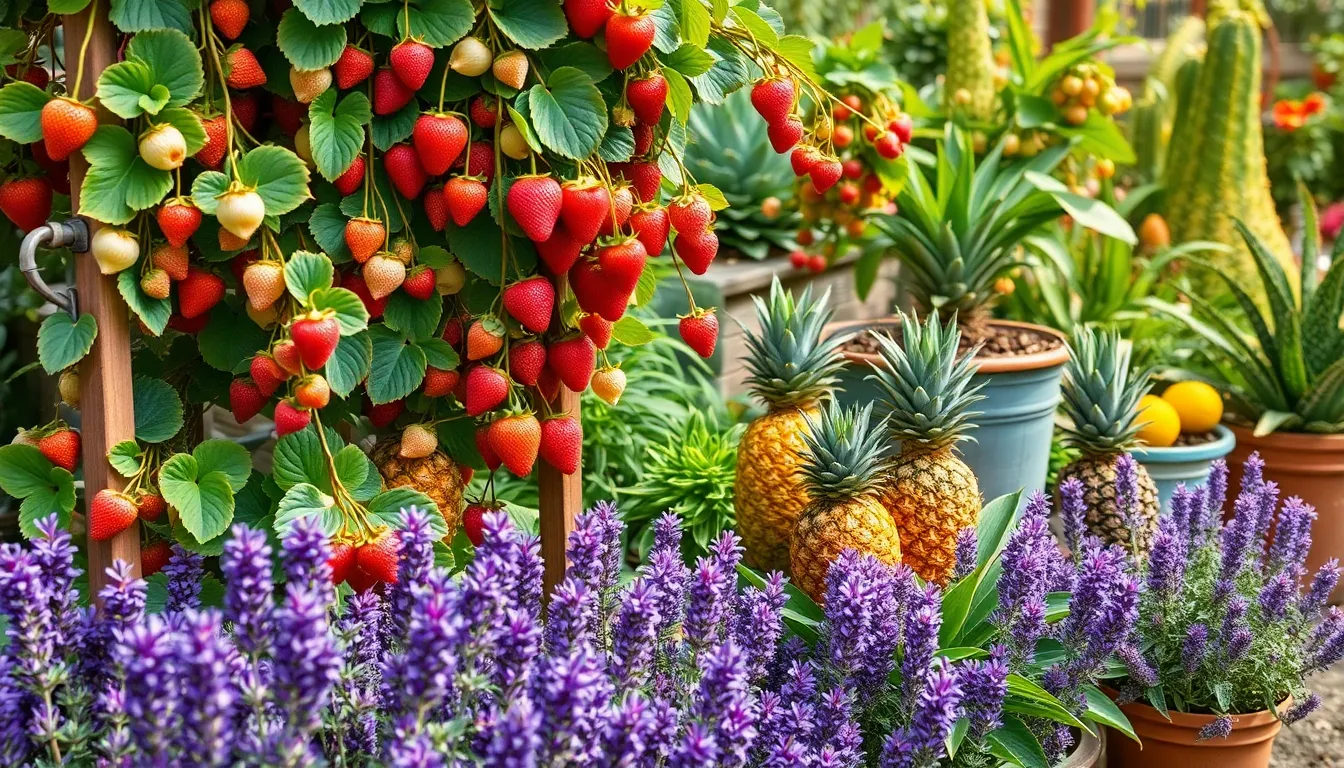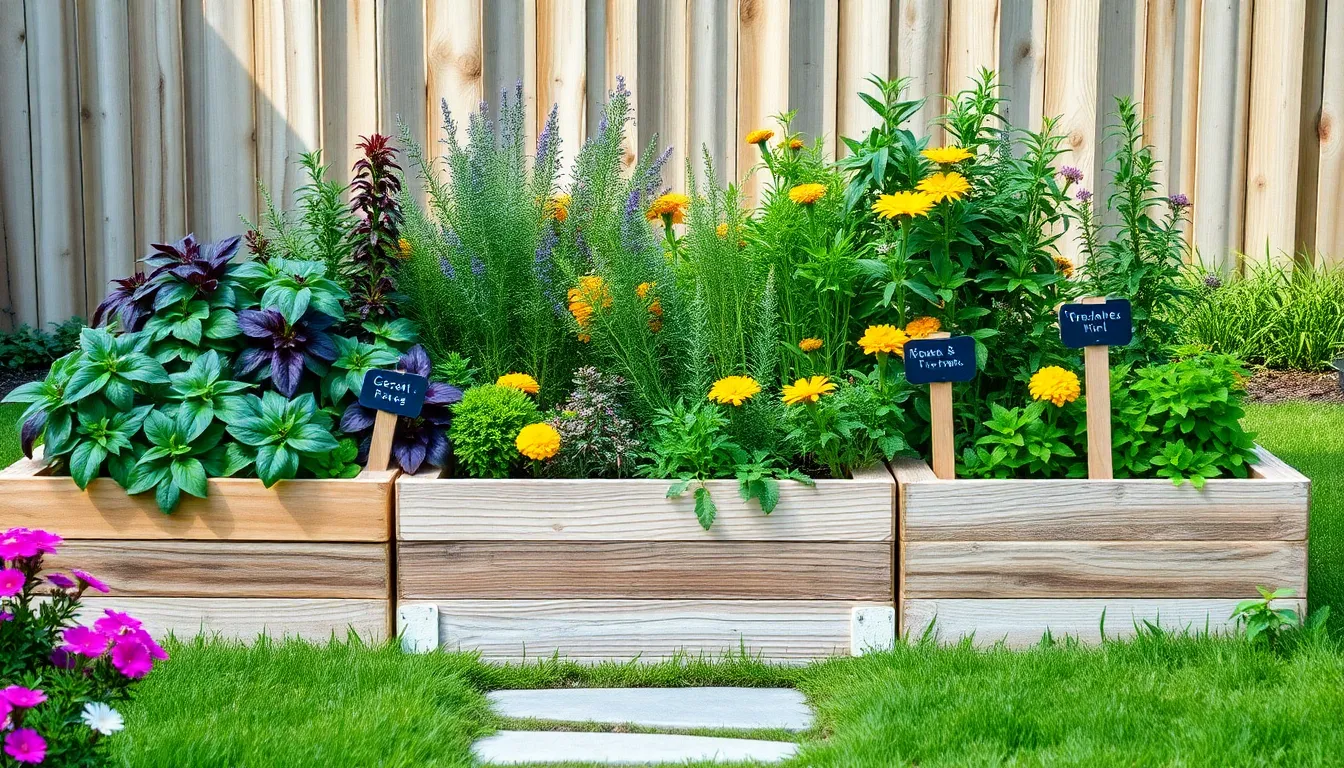Welcome to the art of pruning—a fundamental yet transformative practice that breathes new life into your garden with each strategic snip. Whether you’re nurturing a modest collection of potted plants or tending to a sprawling landscape, pruning holds the key to unlocking the full potential of your cherished greenery. For the novice gardener, the concept might seem daunting, like sculpting a masterpiece from a living canvas. Yet, even seasoned horticulturists will tell you that there’s always room to refine your technique and deepen your understanding.
Pruning is not merely about cutting back; it’s about encouraging growth, health, and vitality in your plants. By mastering this skill, you’ll learn to guide your plants towards a more robust and flourishing future, promoting not just beauty but resilience against pests and diseases. In this article, we’ll walk you through the essentials of pruning, from understanding the best tools to use, to identifying the right time for action. You’ll also discover the techniques tailored to different plant types, ensuring you nurture each one effectively and confidently.
Let’s embark on this journey together, where every cut you make is a step towards a more vibrant, thriving garden. With our guidance, you’ll not only enhance the aesthetic appeal of your outdoor space but also foster an environment where plants can truly thrive. Whether you’re trimming back a rose bush or shaping a fruit tree, you’ll find that pruning is a rewarding practice that brings you closer to your garden than ever before. So grab your shears, and let’s dive into the world of pruning, where your garden’s best growth is just a snip away.
Identify Plants Needing Pruning
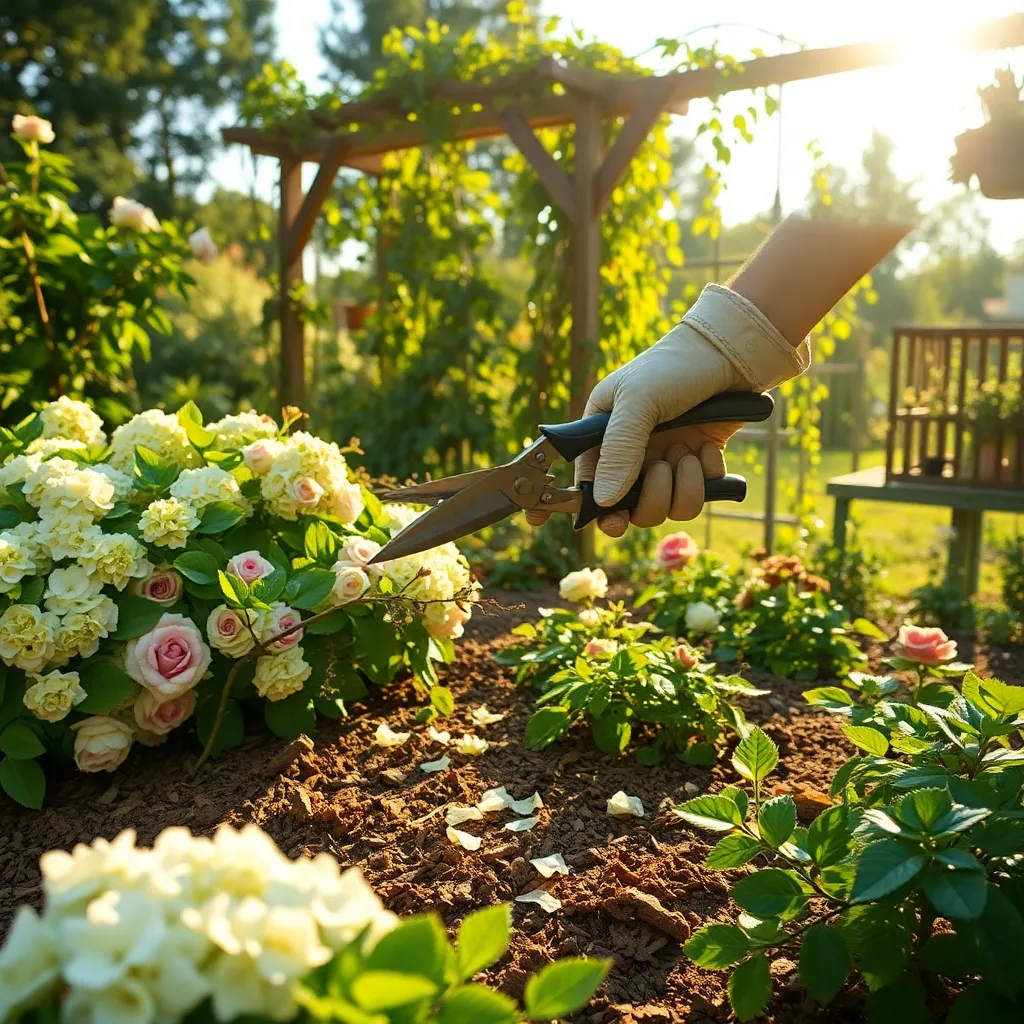
To identify plants needing pruning, start by observing their growth patterns. Plants with overgrown or tangled branches are prime candidates for pruning, as this can improve air circulation and light penetration, enhancing overall plant health.
Consider the timing of blooms as an indicator. For example, spring-flowering shrubs like lilacs should be pruned right after they bloom, ensuring you don’t cut off next season’s flower buds.
Look for any dead, damaged, or diseased branches, as these should be removed immediately to prevent the spread of disease. Regularly inspect fruit trees for such branches, as keeping them pruned encourages better fruit production and healthier growth.
For more advanced pruning, examine how your plants respond to seasonal changes. Plants like roses benefit from a hard prune in late winter or early spring, which stimulates robust new growth and a profusion of blooms.
Gather Essential Pruning Tools
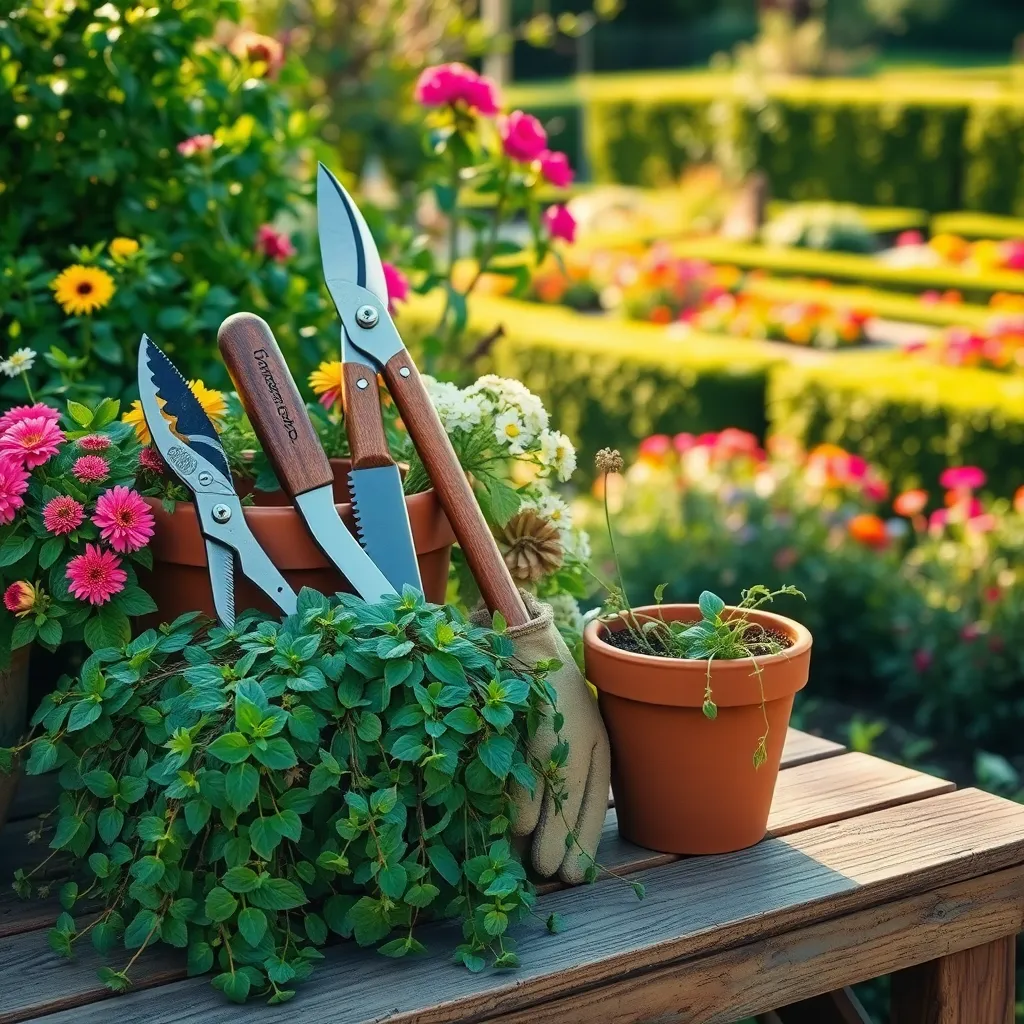
Before you start pruning, it’s crucial to gather the right tools to ensure precise cuts and promote healthy plant growth. Investing in quality tools like bypass pruners and loppers will make your task easier and more effective.
For small branches and delicate plants, a pair of sharp bypass pruners is ideal. They allow for clean cuts without crushing the stems, which is essential for preventing disease and ensuring quick healing.
When dealing with thicker branches, loppers are your best bet. Their longer handles provide the leverage needed to cut through tough wood, and using them can save you a lot of effort and time.
Don’t forget to keep your tools clean and sharp for optimal performance. Regularly wipe them down with a cloth soaked in rubbing alcohol to prevent the spread of plant diseases, and sharpen them as needed to maintain their edge.
Remove Dead or Diseased Branches
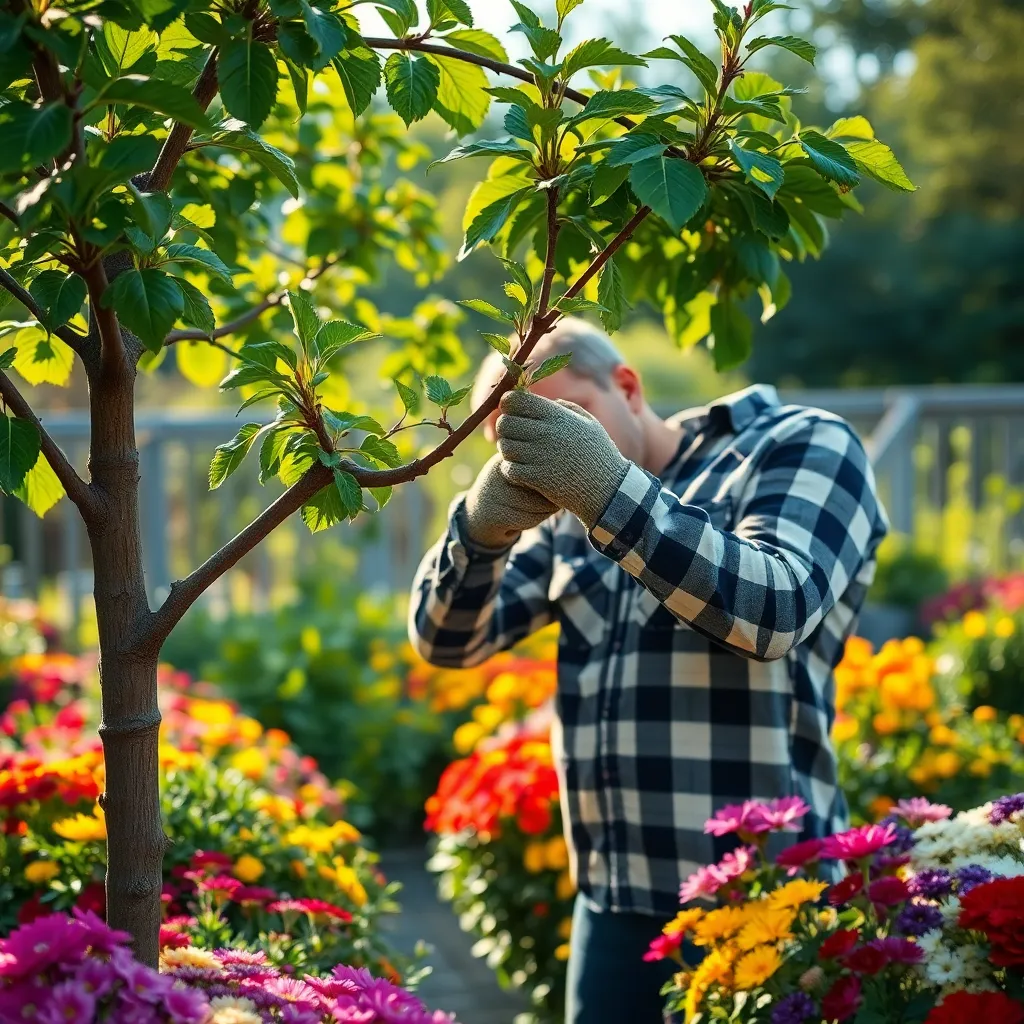
To ensure your plants thrive, it’s crucial to remove dead or diseased branches promptly. This not only prevents the spread of disease but also encourages healthy new growth. Start by identifying branches that appear discolored or have unusual spots, as these are often signs of disease. Use sharp, clean pruning tools to make clean cuts, minimizing damage to the plant.
When pruning, always cut at a slight angle, just above a bud or side branch. This allows for optimal water runoff and prevents moisture from accumulating on the cut surface. For beginners, an easy way to identify dead branches is to perform a scratch test: gently scratch the bark with your fingernail. If the layer beneath is green, the branch is still alive, but if it’s brown, it’s time to prune.
More experienced gardeners might consider sanitizing their tools between cuts when dealing with diseased branches. This practice prevents the potential spread of pathogens to healthy parts of the plant. Remember, it’s best to prune on a dry, sunny day, which helps the cuts heal faster and reduces the risk of spreading diseases.
For hardwood trees, focus on removing branches that grow inward or cross each other, as these can cause damage and hinder growth. In contrast, for smaller shrubs and perennials, prioritize removing branches that block light from reaching the plant’s center. By maintaining open, airy structures, you enhance the plant’s overall health and yield.
Trim for Shape and Airflow
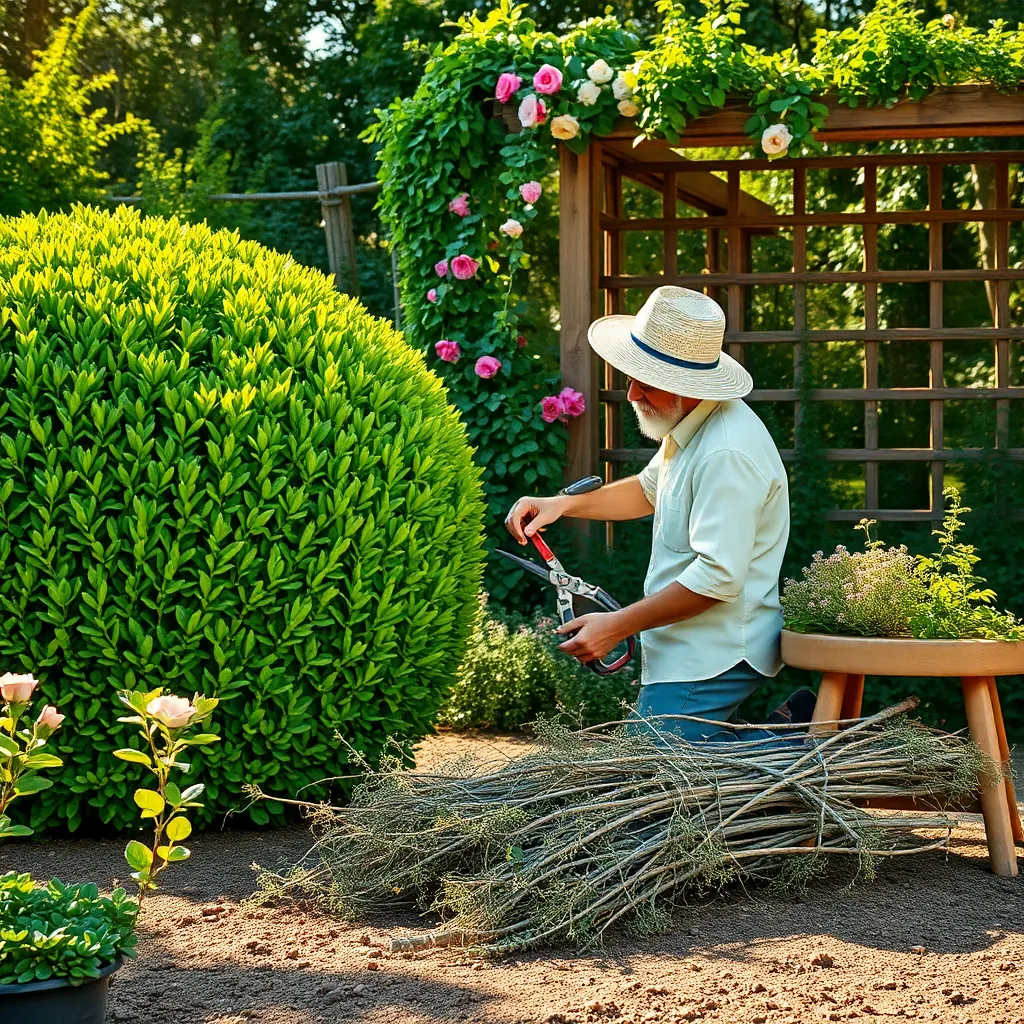
Trimming your plants not only enhances their appearance but also improves airflow, which is crucial for preventing diseases. Begin by identifying branches that cross each other or grow inward, as these can create dense, air-restrictive areas within the plant.
Once you’ve identified these branches, use sharp, clean pruning shears to make your cuts. Cutting at a 45-degree angle just above a bud will encourage new growth in the desired direction, promoting a healthier structure.
Consider the natural shape of your plant when trimming to maintain its aesthetic appeal. For instance, when pruning roses, aim to maintain an open vase shape to allow for optimal light penetration and airflow.
For more advanced gardeners, thinning out the interior branches of fruit trees can drastically improve both airflow and sunlight exposure. This practice not only enhances fruit production but also reduces the risk of fungal diseases.
Dispose of Pruned Material Properly
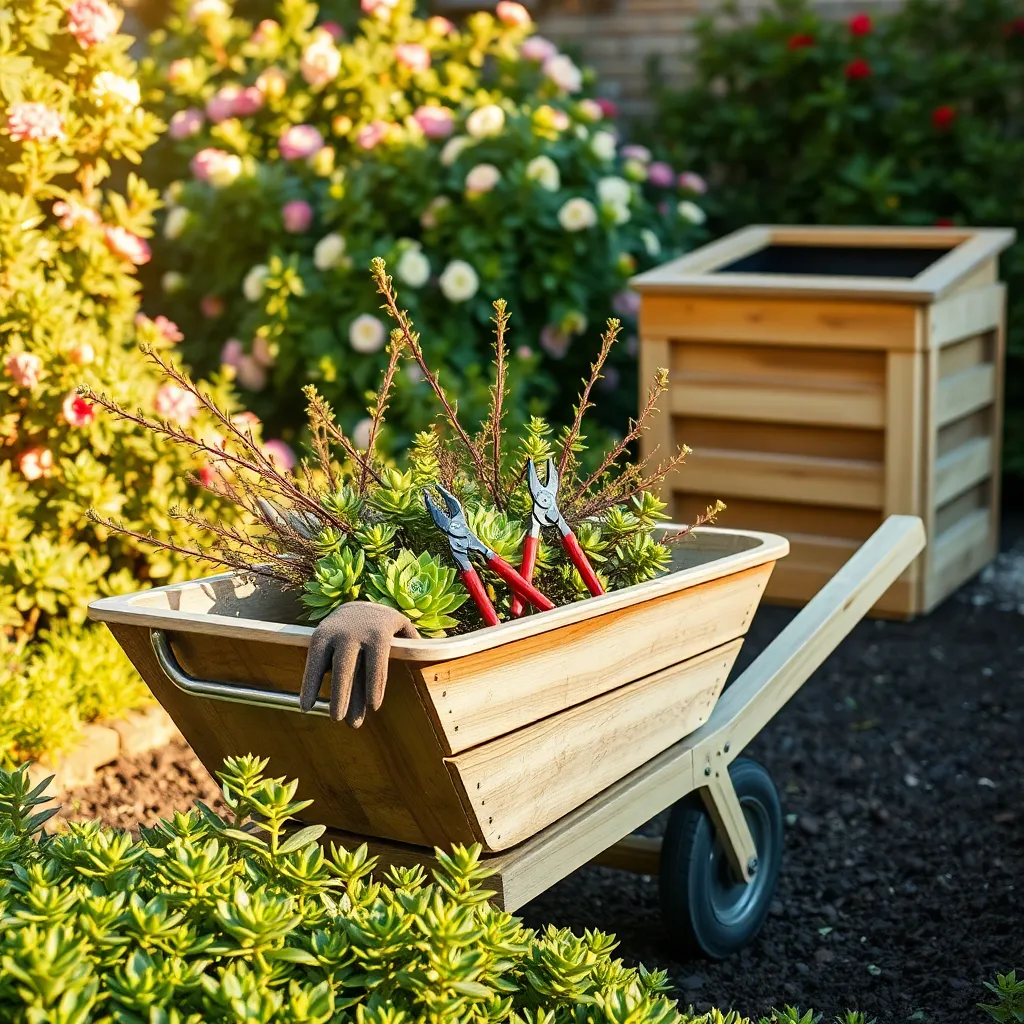
After you have pruned your plants for shape and airflow, it’s essential to dispose of the pruned material properly to maintain a healthy garden. Leaving cuttings on the ground can lead to disease spread and pest problems, especially in humid climates.
Begin by gathering all the pruned material, including leaves, stems, and branches. Use a rake or your hands to collect small pieces, and consider wearing gloves to protect against thorns or irritants.
Composting is an excellent way to recycle pruned materials, turning them into nutrient-rich compost for your garden. However, avoid composting diseased plant parts, as this can spread pathogens throughout your compost pile.
For woody or diseased materials, it’s best to dispose of them through your local yard waste collection service. Alternatively, you can burn them if local regulations permit, ensuring you follow safety guidelines and environmental laws.
Pruning is not only about cutting but also about managing the waste responsibly. By doing so, you contribute to a cleaner, healthier garden environment that promotes robust plant growth.
Conclusion: Growing Success with These Plants
In nurturing the garden of your relationship, we’ve explored five key concepts: the importance of communication, the necessity of setting healthy boundaries, the power of forgiveness, the value of quality time, and the need for shared goals. These elements are the tools with which you can prune away misunderstandings, resentment, and complacency, allowing your relationship to flourish.
Now, take a moment to put these insights into practice. Start by setting aside just 15 minutes today for a heartfelt conversation with your partner. Use this time to express gratitude, discuss aspirations, or simply share a quiet moment of connection. This small step can begin to cultivate the deeper, more meaningful bond you desire.
Remember, relationships are ever-evolving, and today’s efforts are seeds for tomorrow’s growth. Bookmark this article and revisit it whenever you need guidance or inspiration. By committing to continuous nurturing, you pave the way for a future filled with understanding, love, and joy.
Your relationship success is a journey, not a destination. Embrace each moment with intention, and watch as your relationship blossoms into its fullest potential. Let this be the beginning of a thriving partnership that grows more vibrant with each passing day.

